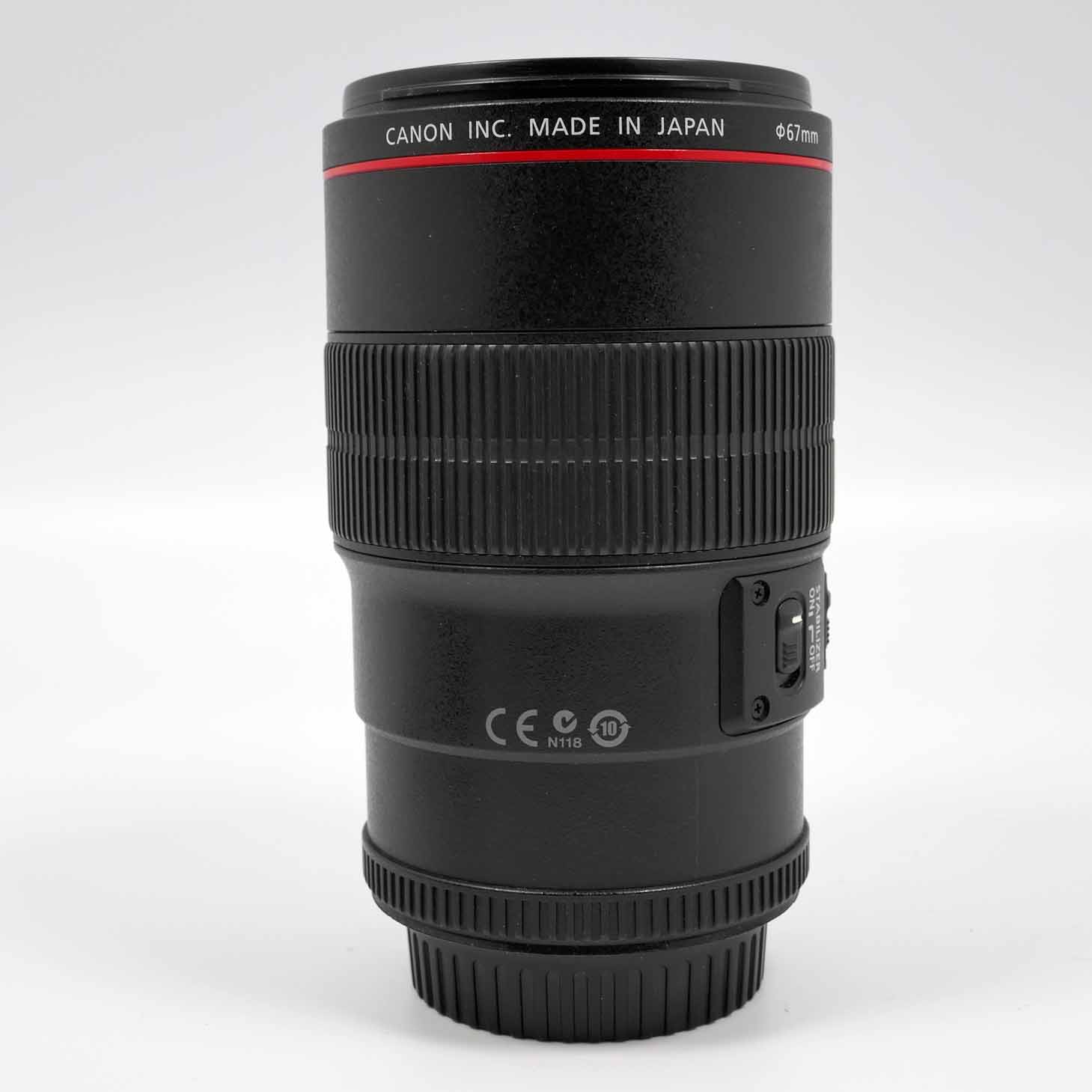

On the full-frame 5D, it's only slightly more significant, showing +0.2% barrel distortion in the corners. Light falloff improves as the lens is stopped down a third of a stop at ƒ/4, and less than a quarter-stop at ƒ/5.6 and smaller.ĭistortion is negligible when the lens is mounted on the sub-frame 20D. At ƒ/2.8, the corners are over three-quarters of a stop darker than the center. In this case, the corners are a quarter-stop darker than the center or, not very much.

If you're peeping very closely, you'll see a slight increase in CA at the smaller end of the aperture spectrum (ƒ/32) but it's only very slight.Ĭorner shading is minimal on the 20D, the only noteworthy result found with the lens set to ƒ/2.8. Even ƒ/16 and ƒ/22 are very good, but I'd avoid ƒ/32.Ĭhromatic aberration is well-controlled with this lens, at every aperture setting, on either the 20D or the 5D. In summary, excellent results for sharpness, provided you stick to between ƒ/5.6 and ƒ/11 for maximum performance. Again, fully-stopped down we note significant softness - just shy of 4 blur units across the frame. It's about the same at ƒ/16, not showing any real loss of sharpness until ƒ/22, where results are just over 2 blur units. This is me being extremely picky - 1.5 blur units is still extremely sharp.ĭiffraction limiting sets in at ƒ/11, where we not approximately 1.5 blur units across the frame, and performance degrades only very slightly from there. The central area of the frame is sharp, easily 1 blur unit, but the corners don't fall below 1.5 blur units. Stopping down to ƒ/4 improves these results, and again by ƒ/5.6, it's as good as the lens can deliver, but not quite tack-sharp across the frame. Corner sharpness at ƒ/2.8 is around 2 blur units, still quite good. Wide open at ƒ/2.8, we still see the sharp sweet spot, but the area of sharpness isn't as generous, covering only about the central third of the frame at 1.5 blur units. On the full-frame 5D, performance is equally good, though we see a bit more of the corners of the lens that aren't exposed on the sub-frame sensor of the 20D. At ƒ/22 it's a bit more obvious - 2.5 blur units across the frame - and fully stopped down at ƒ/32, things are quite soft, 4 blur units across the frame. The lens continues to be sharp all the way to ƒ/16, where diffraction limiting has set in, though even here we note sharpness results of 1.5 blur units across the frame. Stopping down only improves these results, reaching absolute tack-sharpness at ƒ/5.6.

At this aperture setting there is a generous sweet spot of sharpness, showing at less than 1.5 blur units, with corners approaching but not reaching 2 blur units. Mounted on the Canon 20D, the lens is very sharp, even wide open at ƒ/2.8.

The compatible lens hood, the ET-67, is a circular-shaped hood that does not ship with the lens, available separately for $55. While an upgraded version of the 100mm ƒ/2.8 macro has been launched, this version continues to fill store shelves, with an approximate price of $600. When mounted to the former, the effective field of view is 160mm. The EF 100mm ƒ/2.8 Macro USM was designed to cover a 35mm film frame, making it compatible with both APS-C subframe and full-frame digital camera bodies.


 0 kommentar(er)
0 kommentar(er)
